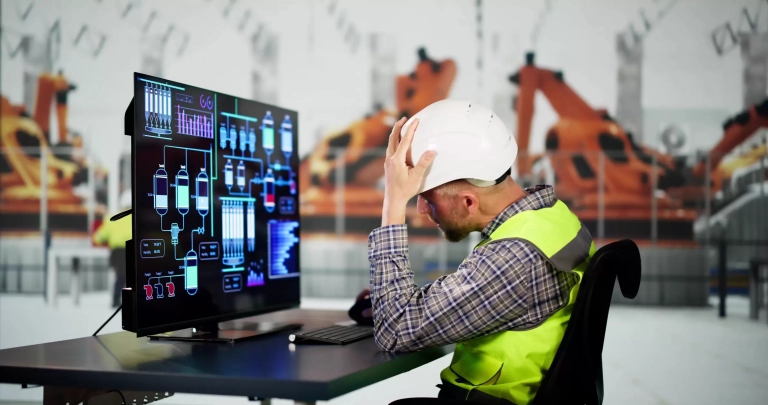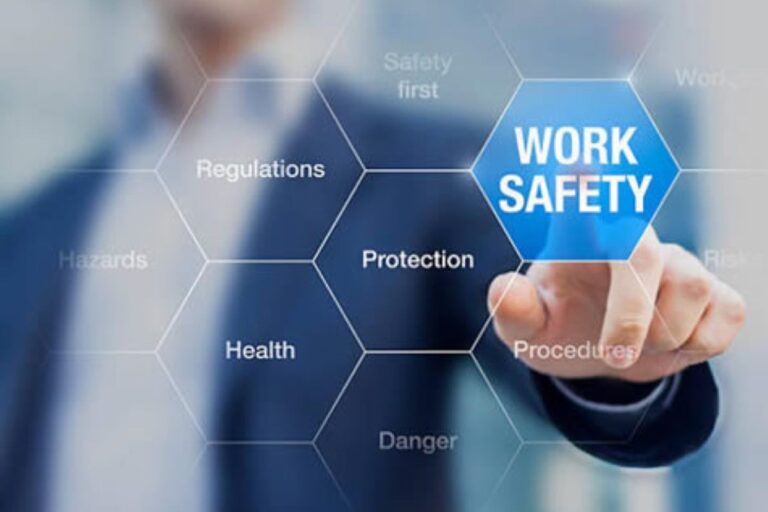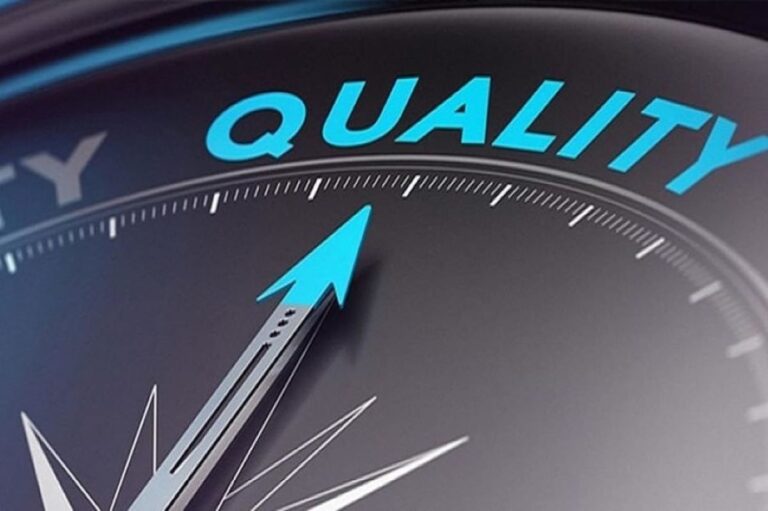With company insolvencies reaching a 13-year peak, in the latest Office for National Statistics (ONS) survey, carried out in August 2022, over 20% of businesses said that their main concern was meeting energy prices. In this blog, “Keeping the lights on: why energy management is essential for SMEs”, we look at what action SMEs can take to reduce energy consumption and make energy cost savings.
SMEs and the energy crisis
There’s no getting around it – SMEs have been hit hard by the last few years. With a brutal combination of a struggling post-COVID economy, the sharp rise in the cost of materials, and labour shortages facing businesses across the UK. Add to that the unforeseen and acute energy crisis and it can feel as though the odds are stacked against small and medium sized businesses.
Of the 5.5 million small businesses in the UK, over 1 million are thought to be locked into long-term energy supply contracts, according to the British Chamber of Commerce (BCC) and the Federation of Small Businesses (FSB).
Rising company insolvencies and Government initiatives to support SMEs
Small manufacturers are understood to be some of the worst affected, due to their high energy use, which is likely to have an impact on their clients – often larger manufacturers – and UK supply chains. The ONS says there were 5,629 insolvencies in the second quarter of 2022 – the most since 2009. This was when the UK was in the midst of the global financial meltdown. And this number could rise following the end of the Government’s Energy Bill Relief Scheme. In its place is the new Energy Bills Discount Scheme. You can check your eligibility on the gov.uk website. The scheme comes just a few months after the ‘It All Adds Up’ campaign which provided similar advice for households.
Awareness of energy efficiency, both in industry and households, could certainly use a boost. The UK has pledged to reduce energy demand by 15% and reach net zero by 2050. But, with no promise of falling energy prices on the near horizon, commentators are predicting that the outlook for smaller businesses may get worse before it gets better.
Facing the challenge of energy management
Of course, the Government has a role to play in supporting businesses with the cost of electricity and gas. But beyond these subsidies and other grants which may be available, business owners can be looking inwardly. By assessing their operations, they can find practical ways to save energy-related costs and keep the wolf from the door.
The Department of Energy & Climate Change’s research suggests that the average SME could reduce energy bills by 18-25% by adopting energy efficiency practices as well as encouraging staff to be more green-minded at work. So, looking around your own business, identify the low hanging fruit in terms of energy cost-cutting. Indeed, these are most likely your heating, lighting and machinery. But where do you start?
Implementing an Energy Management System
ISO 50001 was developed to support businesses in any industry to implement an Energy Management System (EnMS), which will improve energy efficiency and generate cost savings. The framework includes:
- developing a policy for more efficient use of energy;
- fixing targets and objectives to meet the policy;
- using data to better understand and make decisions about energy use;
- measuring the results;
- reviewing how well the policy works; and
- continually improving energy management.
With the framework to guide you, it won’t take long to identify areas for improvement. You may worry about the investment required or payback period for replacing, upgrading or retrofitting your business operations or premises. But there is good news! Many energy efficiency improvement measures require no capital expenditure and minimal effort. For example:
- Closely control heating and cooling systems so that you can prevent waste.
- Keep all radiators free from obstructions so that heat circulates easily.
- Encourage staff to appropriately switch off all computer equipment and production machinery, to prevent idle running.
- Remember to close windows if the heating is on, to conserve heat.
- Turn off lights and air conditioning in rooms when people leave, as they’re not needed.
- Analyse energy consumption patterns to predict periods/areas of high or low use, to support you in choosing the right energy supplier.
Motivating staff to play their part
Key to your effort is engaging your own staff. The Energy Saving Trust has some useful resources for your employees, including posters, stickers and staff briefings to raise awareness of energy consumption and to build an energy saving culture in your workplace.
Next steps
For more information on ISO-Cert Online’s services or to discuss your requirements please contact us on 0333 014 7720 or email info@isocertonline.net.
Sources: Energy Saving Trust | The Guardian | Office for National Statistics | gov.uk












